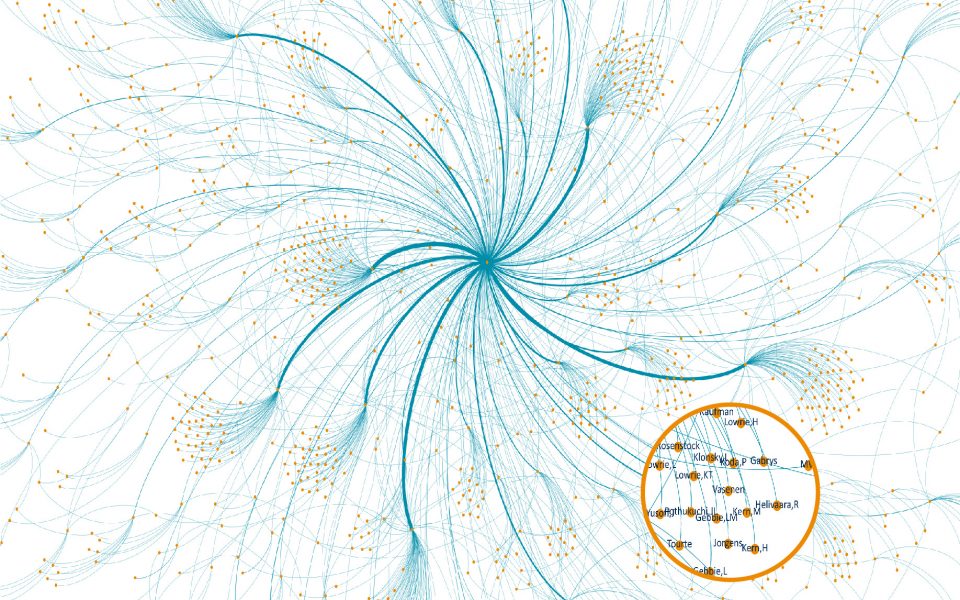Archive-Vision (archv or arch-v) is a collection of computer vision programs written in C++ which utilizes functions from the OpenCV library to perform analysis on large image sets. The primary function is to locate recurring patterns within each image in a set of images. Arch-v locates features from a given seed image within an imageset and outputs the image(s) with the most similarities. The first program, processImages.cpp, generates text files containing the keypoints and their mathmatical descriptors; with the keypoints, analysis can be done to compare images and find matches. The second program, scanDatabase.cpp, finds the images that are most similar to a given seed image. The third program, drawMatches.cpp, compares two images, locates their matches based on homography, then draws the keypoints and their relative match; this is most useful when the best matches have already been found.
The best use for arch-v is to find images which are similar to a seed image. The standard method is to process the image set that you will compare your seed image to, scan through the generated dataset with a given seed image to find the best matches, then draw identifiers for matching features between the seed image and its best match.
Arch-V was originally funded through a Start-Up grant from the National Endowment for the Humanities Office of Digital Humanities. Subsequent development has been supported by the DataLab and, most recently, through the generous support of the J. Paul Getty Foundation.
For more information about Arch-V and to download the Arch-V codebase, visit the Arch-V demonstration website.




